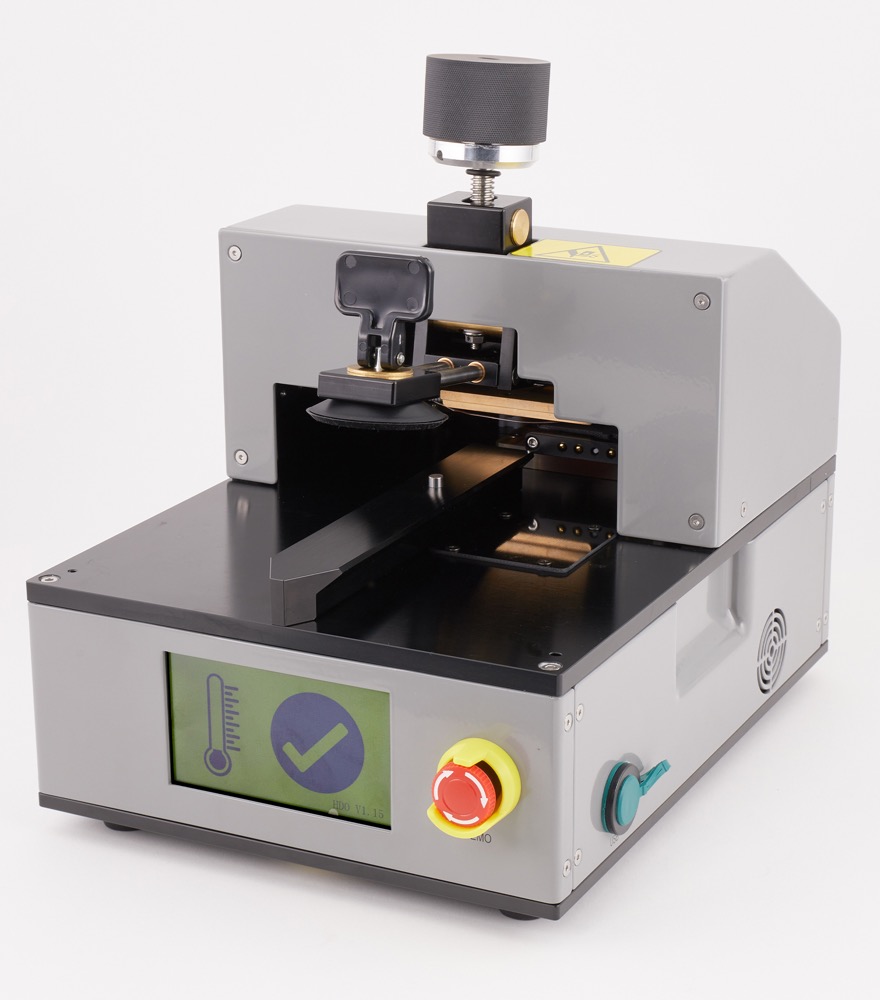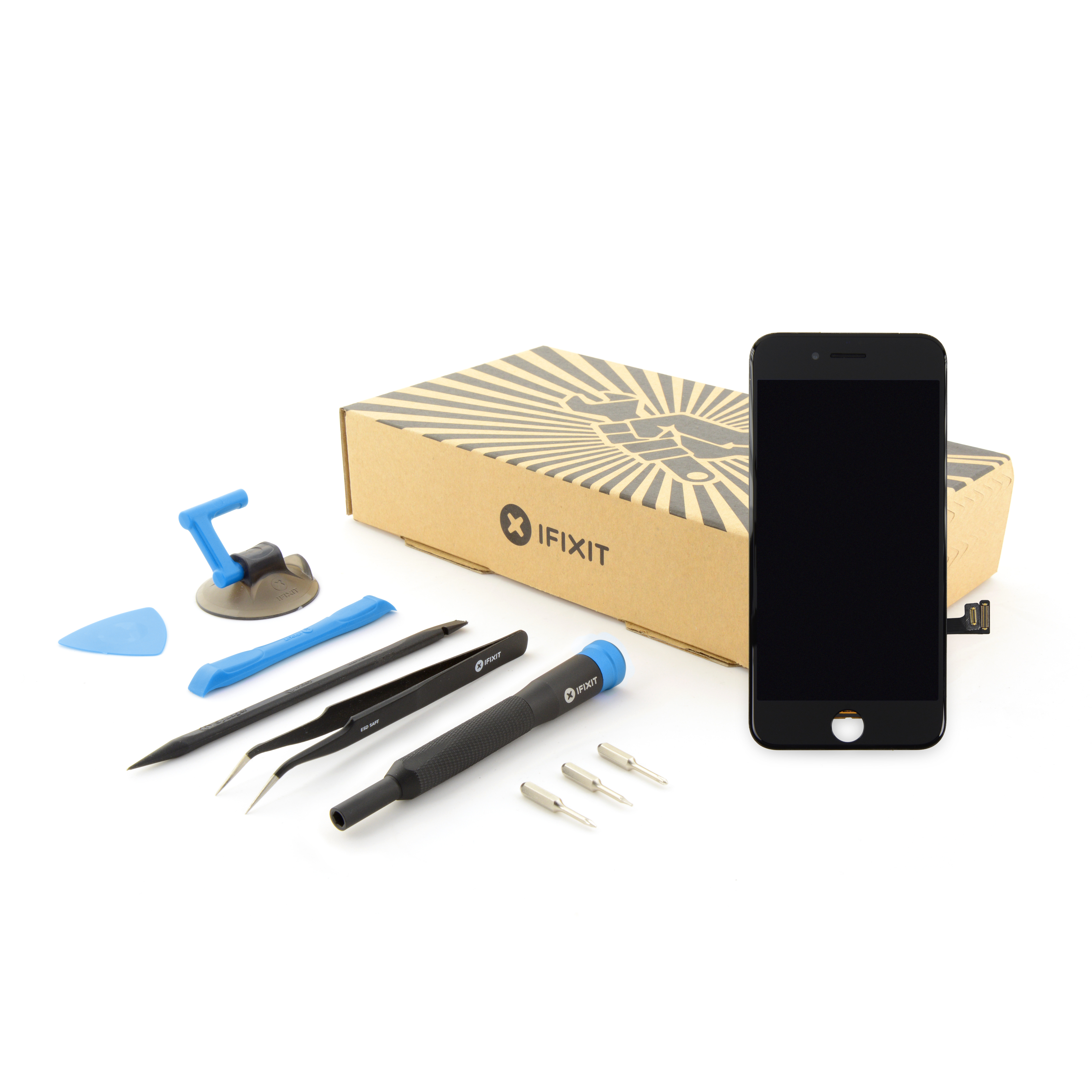Many OEMs fall into a trap: Thinking that making their products repairable by service providers is enough. But restricting fixes to costly, specialized service centers excludes many users and misses powerful business opportunities. OEMs that embrace DIY repair can open new revenue streams, strengthen brand loyalty, and lead on sustainability, all while actually making repair services more profitable.
The Hidden Costs of Service-Center-Only Repair
Most people aren’t willing to part with devices critical to their lives and livelihoods for even a few days, let alone weeks at a time. But that’s exactly what centralized repair programs ask them to do. In-house service, authorized service providers (ASPs), and certain independent service providers (ISPs), can be difficult for consumers to access. Limited geographic reach means that people will often either need to go far out of their way to get in-person service, or else mail their device in.
Supporting only centralized repair services also lets manufacturers rely on complicated jigs and expensive tools for common repairs. This might allow for easier production, but it makes repairs impractical or impossible for individuals and also more complicated and expensive for service centers. And these costs for specialized and proprietary tools, fixtures, and equipment end up factored into consumers’ repair bills, no matter where they go.

Brands with centralized service plans also risk damage to their reputation. Most consumers think they should be able to fix their own things, and they will only seek repair if it’s affordable and convenient. So, when an OEM prevents them from fixing their stuff through restrictive repair practices, they might take a broken phone or laptop as a chance to look for a more repair-friendly brand.
DIY Repair: Accessibility, Loyalty, and Profit
Decentralizing repair through offering self-service DIY options gives anyone with a toolkit and an internet connection the ability to fix their stuff.
The most accessible repair service is the one sent right to the customer’s door. This is the model we’ve followed since we got into the repair game. All of our repair guides are available online for free to absolutely anyone, and we’ll ship the parts and tools to 40 countries. That means no time spent without their device.

It also means costs can be significantly lower—when done right. Enabling self-repair means you don’t have to train technicians, set up repair centers, worry about shipping devices to and from service centers, or any of the other headaches that come with centralized repair.
But some companies enable self-repair in principle only, not in practice. Apple, for example, supports self-service repair, but anyone trying to replace a 13” iPad Pro battery at home will realize just how far that support goes. Sure, you can buy a battery for $199, rent the 80 pounds of specialized repair tools for $49, and follow the 47-step repair guide. But you’d better hope you don’t crack your display while you pull it off (trust us, it’s annoyingly easy to do just that) or you’re out another $749. Product design and the design of the repair program actually discourage customers from trying self-repair.
Feeling empowered to fix something can also keep consumers committed to a brand. If someone can replace a Pixel battery themselves, but not an iPhone battery, they’re probably more likely to buy a Pixel next time they’re in the market for a phone.
On top of all of this, enabling DIY repair can also create new revenue streams or expand existing ones. Your customer base for parts and tools expands from service centers to all of your customers. Then, by providing a premium self-repair option, you can reduce the actual cost of a repair and get a higher margin.
Finally, enabling self-repair helps you stand out. There’s a growing movement of community events centered around fixing things. If your brand can earn a reputation as a leader in repair, you’ll be the star of those circles. It can also help you stand out in the media, as we’ve seen from leaders like HMD, Lenovo, Google, and Framework.
Sustainability and Compliance
Here’s a neat trick: If you proactively and thoughtfully support self-repair, odds are that you’ll be compliant with Right to Repair legislation. Common Right to Repair requirements include making repair documentation and spare parts available for a certain period of time. Why not turn compliance into a competitive advantage?
Enabling self-repair is also a good way to work towards sustainability goals. Designing consumer-repairable products means they’re more likely to get fixed, and enabling self-repair—the most convenient and affordable option—boosts those odds even more. Since mining, manufacturing, and transportation account for most of a device’s CO2 emissions, empowering consumers to repair instead of replace is a strong way to help the environment.
Getting Started
Setting up a self-repair ecosystem can be complicated. But, based on our years of experience helping manufacturers do just that, here are a few places to start.
- Use standard fasteners in devices and minimize adhesive use, especially for commonly replaced parts like screens and batteries.
- Publish comprehensive repair guides that require common tools and supplies.
- Build a parts and tools supply chain, including comprehensive repair kits whenever possible.
- Engage your community with rewards, shoutouts, and events that incentivize repair.
- Align internally on the importance of enabling self-repair to achieve sustainability and business goals.
Let’s build a future where customers and companies get rewarded for doing the right thing: keeping our stuff for longer instead of chasing the latest thing.





crwdns2944067:00crwdne2944067:0